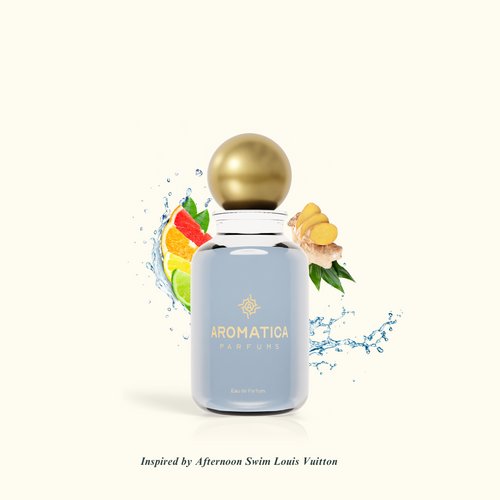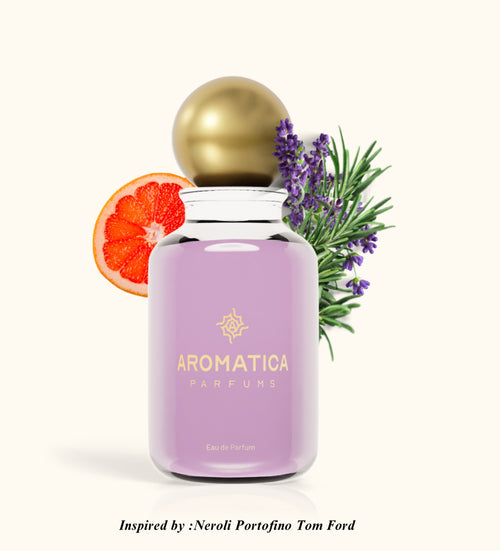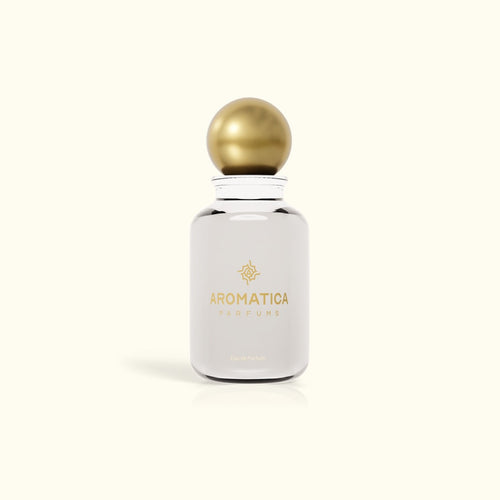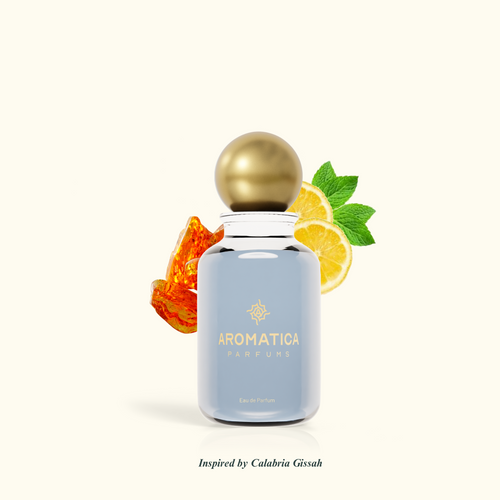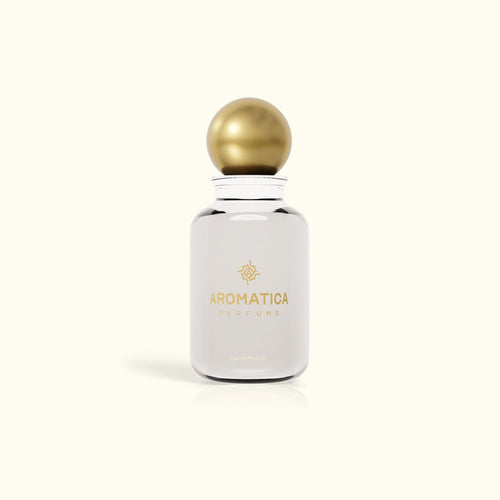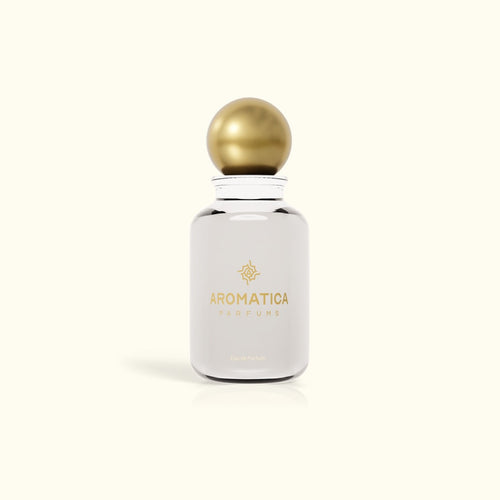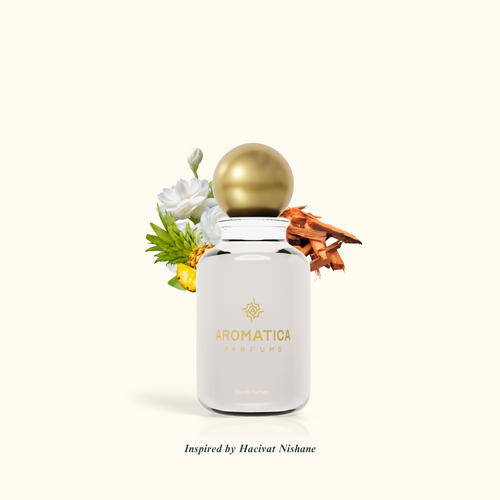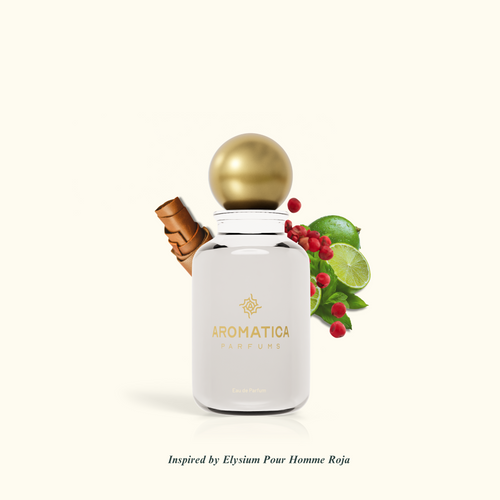Why Musk Is Such A Prevalent Base Note In Fragrances
Musk is and always has been a favored base note in perfume formulation for a vast array of commercial products.
Originally comprised of glandular secretions from the abdomen of the musk deer, this base note is also derived from both synthetic and other natural sources like plants, since the killing of the deer became illegal.
Musk has a rich, colorful and disturbing history as a popular perfume fixative dating back thousands of years to the highest mountains in Tibet and the wild musk deer.
The males of the species mark their territory by spraying from their musk gland, which is about the size of a golf ball and situated right in front of their penis.
Natives noticed and became captivated by these fragrant secretions, which occurred during their mating season and they became obsessed with possessing their aphrodisiac powers.
Musk’s first recorded use dates back to the 6th century when Greek explorers transported it from India.
Later, Arabic and Byzantine perfumers perfected the art of capturing its aphrodisiac powers, and musk’s popularity spread quickly along the silk and spice routes.
Extolled for its many virtues and a highly treasured commodity, during the Middle Ages the wealthier class used musk in balls of pomander as a means to fight bad smells that were synonymous with disease.
The trade of musk was at its height during the Age of Exploration during the 15th through 17th centuries. By that time, the Islamic culture had long incorporated musk into many of its religious rituals, as it was known as the perfume that only the blessed would smell in heaven.
Musk is one of the most costly animal products in the world and until the late 19th century, it was used abundantly in the formulation of fine perfumes.
In the 1880s, a scientist named Albert Baur, while attempting to create a more potent form of dynamite, accidentally synthesized a molecule which had a musky-type odor.
Synthetic musk evolved due to both economic and ethical concerns, and this new element, which is known as muscone, was am important perfume ingredient until the 1950s when scientists realized that the molecules failed to degrade, and instead, became incorporated into the environment.
What Does Musk Smell Like?
The scent of musk is powerful, captivating and yet elusive. In the hands of skilled perfumers, musk is incredibly versatile.
It softens and balances the lifetime of other less lingering ingredients and its essence becomes one with the skin itself.
Will Andrews, a scientist at P&G Prestige, a branch of Proctor and Gamble that designs perfumes for designer labels such as Gucci and Dolce & Gabbana states:
“Musks sometimes smell very fruity, sometimes floral. They are always soft. They are a paradox as far as these things go. They’re very heavy; that’s why they hang around the forest. What they do in the population is float like a feather. They allow ingredients to project off the skin while at the same time softening it.”
According to Philip Kraft, a well-known German fragrance chemist: “The more one studies its character, the more contrasting, vibrant and oscillating musk becomes. It is: repulsive-attractive, chemical-warm, sweaty-balmy, acrid-waxy, earthy-powdery, fatty-chocolate-like, pungent-leathery, fig-like, dry and\nutty and woody, to give just some impressions.”
The Misconception About The Scent Of Musk
It’ is said that just a few drops of natural musk oil added to a handkerchief can still be discerned even 40 years later!
Many believe that the history of musk is an indication that it is a heavy, potent and dark note such as leather, but the synthetic musks we use today are the exact opposite.
Modern synthetics range from sweet and powdery musks to almost metallic. Years of research have gone into creating these alternatives, which are subtle yet powerful even in the smallest of quantities.
Animal Musk vs White Musk
The hunting of the musk deer almost brought about its extinction as a species and it was practiced extensively until 1979 when legal measures were enacted to prevent its exploitation.
Before it’s ban, researchers were working on developing synthetic “musky ”ingredients, but the newer molecules failed to capture the true essence of musk albeit they did evoke a clean new odor.
These elements were rapidly incorporated into laundry detergents which offered otherwise rather dull olfactory options.
In 1926, Lavoslav Ružička, future Nobel Prize winner, succeeded in synthesizing musk’s natural element, muscone. From this spring board, arose further research and a myriad of diverse molecules known as white musks, which reproduced the original, natural scent.
White musks serve as excellent fixatives and binders for volatile ingredients and their tones can be mellow, floral, sensual, coppery or cottony.
Country of Origin:
They are categorized into three separate families; namely, nitro-musks; polycyclic musks, and macrocyclic musks.
Synthetic musks can be difficult to differentiate because they all have a very subtle and clean scent. The list below adds a bit more detail about each of the three categories.
1. Aromatic Nitro Musks
These nitro derivatives of substituted benzenes were used in perfume formulations and various consumer goods such as; soaps, detergents, and lotions, well into the 20th century. They are no longer utilized today because research has deemed their compounds as disrupters of human cell functioning and hormone systems.
2. Polycyclic Musk Compounds
Only used by a few laundry companies today, their fragrance is undeniably fresh and pleasant, but due to the fact that their molecules do not degrade properly, they are a poor eco-friendly choice.
3. Macrocyclic Musk Compounds
These musks are the most preferred by modern perfumers such as Alpha Aromatics. The most popular molecule they contain is muscone, but there are others as well including floral exaltolide and powdery ambrettolide. Each facet adds definition, passion and resiliency to any formulation.
